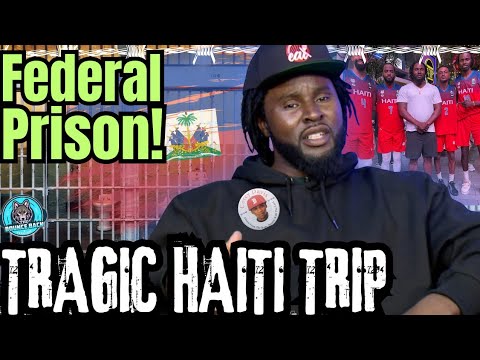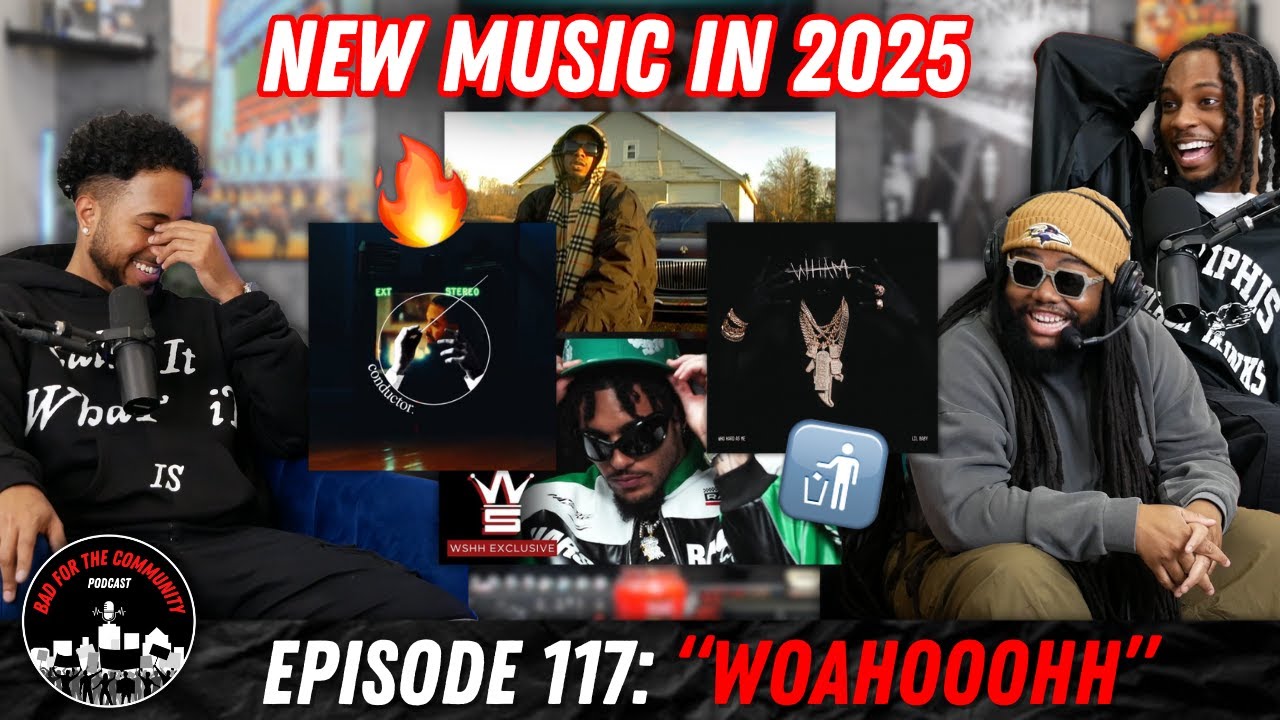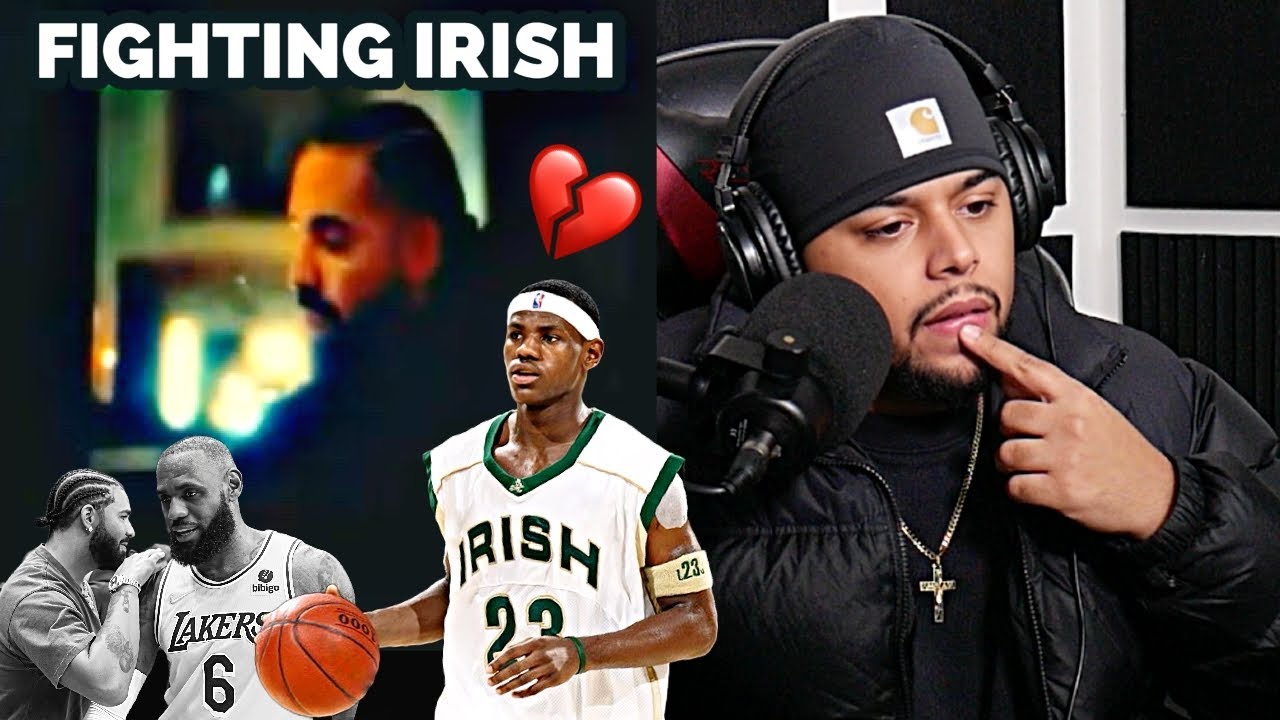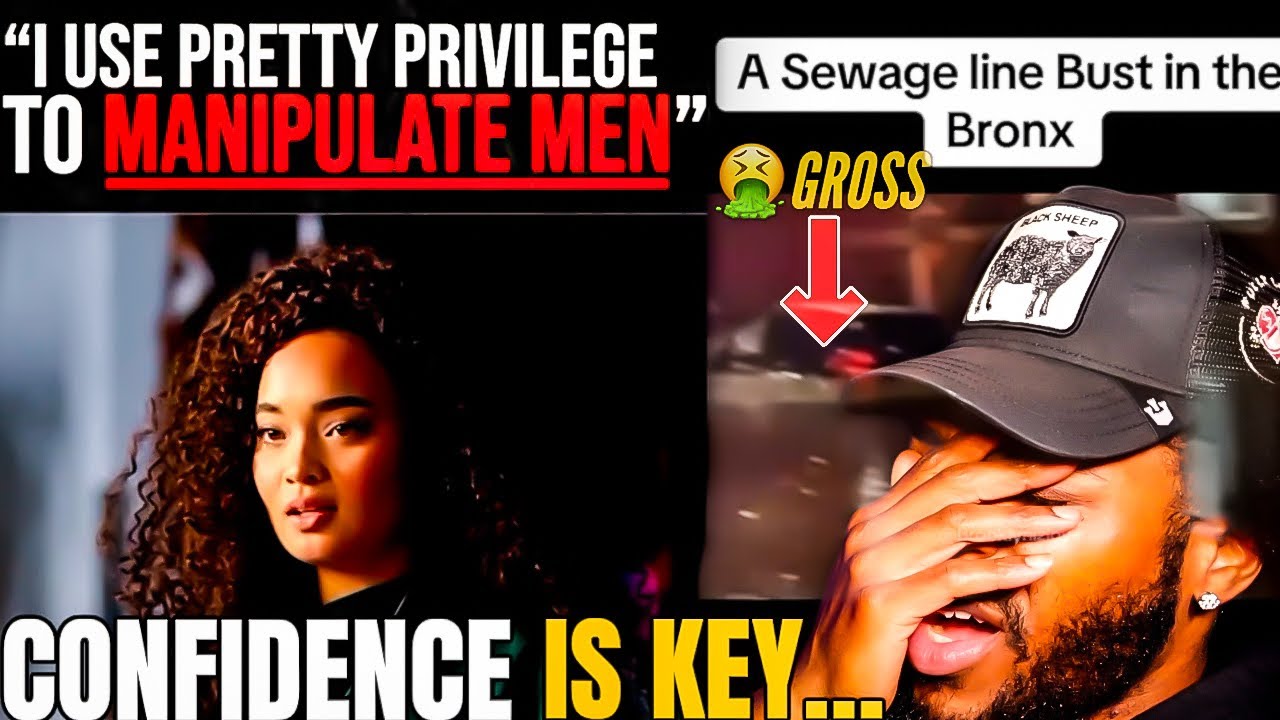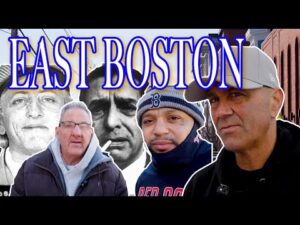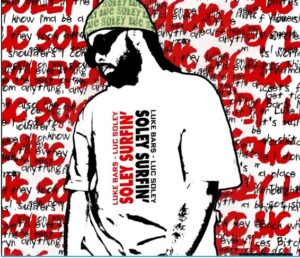In this episode of Jason Trimmins’ podcast, he delves into the intricate history of East Boston’s Mafia ties, tracing its evolution from an influential Italian crime syndicate to its more recent entanglements with local street gangs. Through interviews with East Boston locals like Johnny Bartolomeo, personal stories, and historical insights, Trimmins uncovers how this neighborhood’s mob past intertwines with its cultural identity today.
Trimmins opens the episode by shedding light on the golden era of East Boston’s Mafia, under the rule of New England’s patriarch, Raymond Patriarca Sr. A respected yet feared figure, Patriarca’s influence stretched from Providence to Boston, shaping the region’s criminal landscape for decades. Trimmins examines how the mob’s dominance in the area came to define the local culture and order. However, with Patriarca’s death in the 1980s, a power struggle emerged, fracturing the once-unified organization.
The episode explores how, after Patriarca’s passing, his son, Raymond Jr., inherited the Mafia’s leadership, but his lack of experience created rifts within the family. Key figures, including Jerry Angiulo, Vincent Ferrara, and Jr. Russo, grew resentful of his leadership, further exacerbated by the arrival of outsider “Cadillac” Frank Salemme. This led to a series of violent confrontations, including a near-fatal 1989 assassination attempt on Salemme. The escalating violence and betrayals reflected the disintegration of the Mafia’s once-solidified power.
As the 1990s unfolded, the Mafia’s grip on East Boston weakened, giving way to rival biker gangs like the Devil’s Disciples and Hells Angels. Their entry only intensified the bloodshed in the area, as turf wars erupted. By the late 1990s, law enforcement’s crackdown and high-profile arrests further dismantled the Mafia, creating a void that newer street gangs, like Maverick, seized to further their criminal empires.
In conversation with longtime resident Johnny Bartolomeo, Trimmins reflects on how East Boston has transformed from a predominantly Italian-American community to a more diverse enclave, now home to a large Latino population. The episode touches on the nostalgia felt by older residents, who remember a time when the Mafia maintained a sense of order and community, in stark contrast to the violence and instability that followed.
The episode concludes with a reflection on the legacy of East Boston’s Mafia past. Trimmins highlights the community’s resilience and pride, noting the cultural contributions of local eateries, art, and emerging talent. Though the scars of the past remain, East Boston continues to thrive, a testament to the strength of its people and the neighborhood’s enduring spirit.


